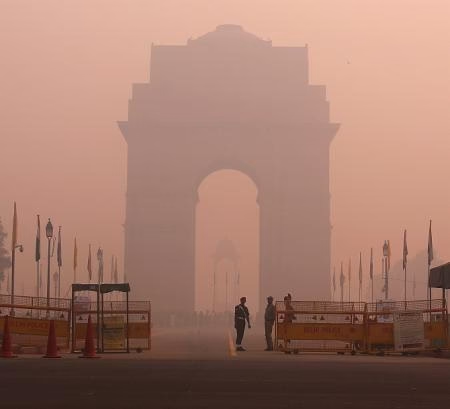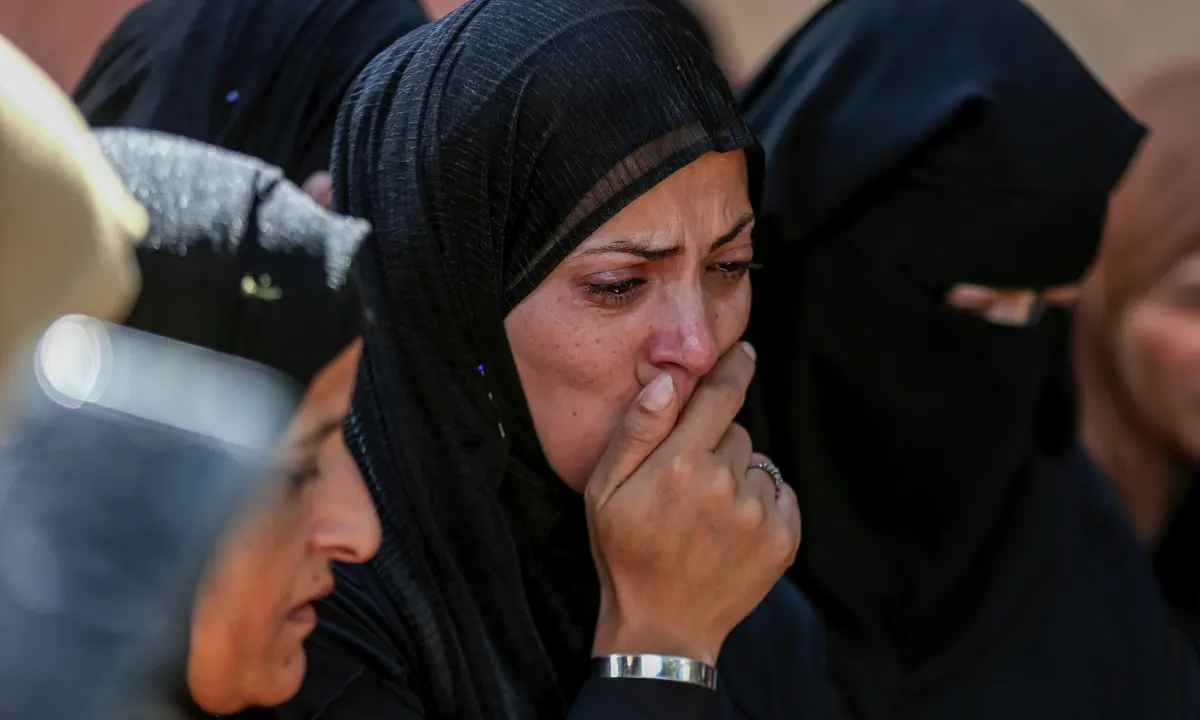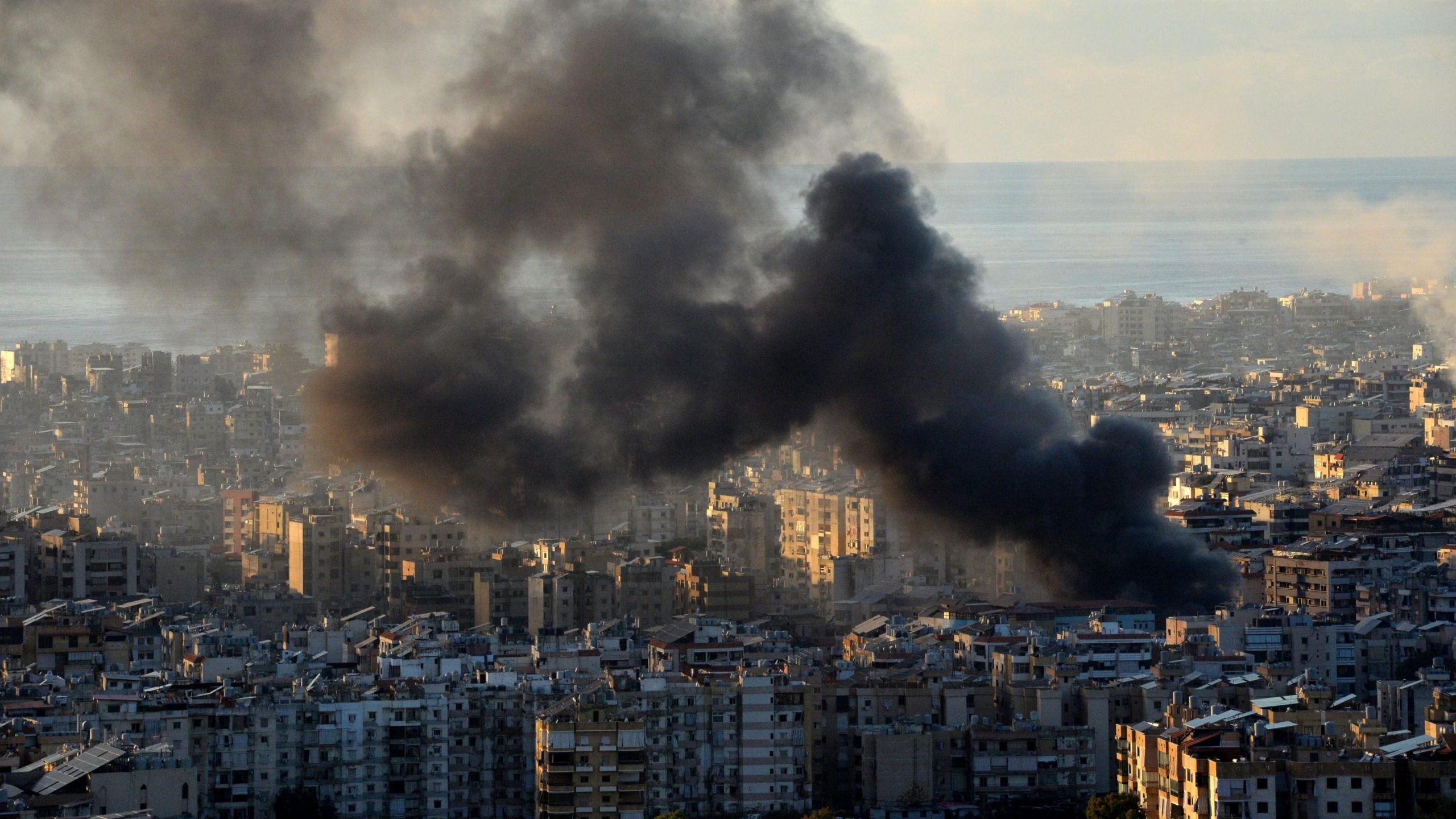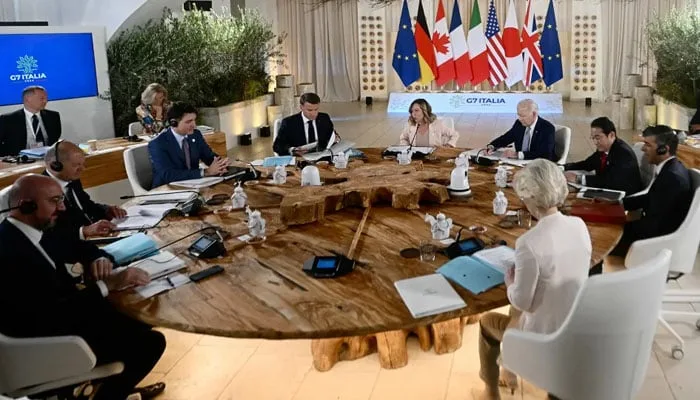India’s capital, New Delhi, was blanketed in a thick, toxic haze on Monday as air pollution levels surged to more than 16 times the World Health Organization’s recommended safe limit.
Home to over 30 million residents, New Delhi and its surrounding metropolitan region consistently rank among the world’s most polluted areas, with dense smog settling over the city each winter. The combination of cooler air trapping emissions from crop burning, industrial activity, and heavy traffic has once again created hazardous conditions.
This year, the problem was worsened by days of fireworks celebrating Diwali, the Hindu festival of lights, which peaked on Monday night. Although India’s Supreme Court recently eased a blanket ban to permit “green firecrackers” — designed to emit fewer pollutants — the restriction has often gone largely unenforced.
According to monitoring group IQAir, levels of PM2.5 — microscopic, cancer-causing particles that can enter the bloodstream — reached 248 micrograms per cubic metre in some parts of the city on Monday. The government’s Commission of Air Quality Management warned that pollution could worsen in the coming days and urged authorities to maintain continuous power supply to limit diesel generator use.
In an experimental step, Delhi officials announced plans to conduct cloud seeding by aircraft later this month — using salt or chemicals to trigger rain in hopes of clearing the smog. Environment Minister Manjinder Singh Sirsa confirmed that flight trials and pilot training for the operation had already been completed.
A 2023 Lancet Planetary Health study estimated that air pollution contributed to 3.8 million deaths in India between 2009 and 2019. The UN children’s agency has also warned that exposure to polluted air significantly increases the risk of acute respiratory infections among children.



